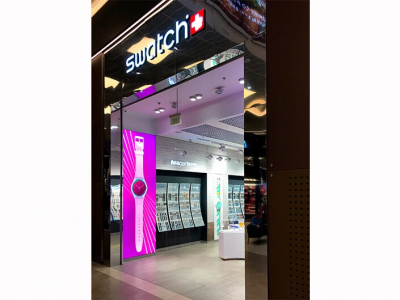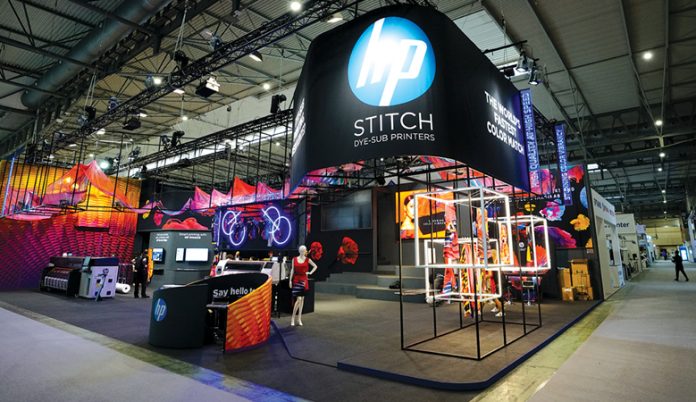Large-format digital printing on textiles is one of the most dynamic segments of the advertising and graphic arts market today. Due to its capabilities and advantages, this sector attracts the attention of both experienced industry representatives and newcomers, as it effectively presents the business and assists in its further development.

Table of Contents
History
The history of large-format printing began with the use of traditional methods. Previously, offset and photogravure were used to produce large images, but they were expensive and took a long time to complete orders. Today, modern large-format printers allow you to print large images quickly and efficiently, even in single copies. They became famous thanks to Iris Graphics, which launched a colour-proofing printer in 1985. It produced high-quality, full-colour images in various sizes on various materials.
Large Format Printing in the Advertising Space
Experts note that almost half of advertising product customers use this technology today, and these figures will only grow over time. Among the predominant production methods, digital and direct sublimation printing on various textile materials are most often used.
Experts from novodek.com note the following advantages of the technology:
- high quality of workmanship;
- brightness of finished products;
- resistance to negative environmental factors;
- the ability to apply an image to a large area.
Materials and Equipment Used for Large Format Printing
One of the most popular materials for large-format printing is banner mesh and fabric. The former is vinyl-based, while the latter is polyester with a protective PVC layer. Large-format products are printed on three types of banner fabric:
- blackout – for double-sided images;
- backlit – has good light transmission;
- frontlit – does not transmit light and requires backlighting.
It is impossible to create high-quality advertising products without modern specialised equipment. Today, the following types of printers are used to print non-textiles:
- The flatbed is best suited for printing images on T-shirts or other small products. Direct printing technology is used to transfer the image, in which the pigment is transferred to the canvas and then fixed under the influence of heat.
- Large format. It allows you to produce large-sized advertising products. The image transmission technology does not change, but the working field of such equipment is much wider, so you can work with several canvases simultaneously.
Large-format printing is popular, affordable, and diverse. It can be optimal in terms of quality and cost and budget-friendly for the production of small printed products.
















